Content Menu
● Introduction
● Understanding Green Tea Extract
● Ingredients Needed
● Step-by-Step Process to Make Green Tea Extract
>> Step 1: Prepare the Ingredients
>> Step 2: Choose Your Solvent
>> Step 3: Combine and Steep
>> Step 4: Strain the Extract
>> Step 5: Store the Extract
● Benefits of Green Tea Extract for Skin
>> 1. Antioxidant Properties
>> 2. Anti-Inflammatory Effects
>> 3. Acne Treatment
>> 4. Anti-Aging Benefits
>> 5. Sun Protection
● How to Use Green Tea Extract in Your Skincare Routine
>> 1. As a Toner
>> 2. In Face Masks
>> 3. In Moisturizers
>> 4. As a Spot Treatment
>> 5. In Bath Products
● Conclusion
● Frequently Asked Questions
Introduction
Green tea extract has gained significant popularity in the skincare industry due to its numerous benefits for the skin. Rich in antioxidants, particularly catechins, green tea extract is known for its anti-inflammatory, antibacterial, and anti-aging properties. These qualities make it an excellent ingredient for various skincare products, including serums, moisturizers, and masks. This article will explore the process of making green tea extract at home, its benefits for the skin, and how to incorporate it into your skincare routine. By understanding the preparation and application of green tea extract, you can enhance your skincare regimen with this natural ingredient.
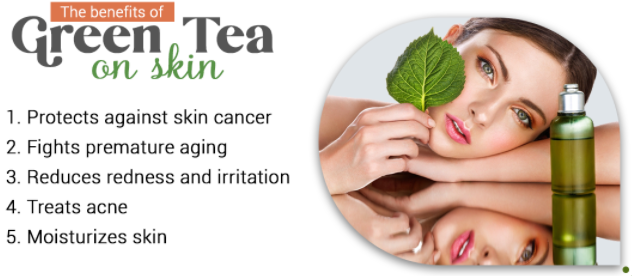
Understanding Green Tea Extract
Green tea extract is derived from the leaves of the Camellia sinensis plant, which is the same plant used to produce green tea. The extraction process involves steeping the leaves in a solvent, typically water or alcohol, to draw out the beneficial compounds. The primary active components in green tea extract are polyphenols, particularly epigallocatechin gallate (EGCG), which are responsible for its health benefits. These compounds have been extensively studied for their ability to combat oxidative stress, reduce inflammation, and improve skin health.
The extraction process can vary in complexity, but the basic method is straightforward and can be done at home. By making your own green tea extract, you can ensure that it is fresh and free from additives, allowing you to harness its full potential for skincare.
Ingredients Needed
To make green tea extract, you will need the following ingredients:
1. Green Tea Leaves: Choose high-quality loose-leaf green tea or matcha powder for the best results. Organic options are preferable to avoid pesticides and chemicals.
2. Solvent: You can use either water or alcohol (such as vodka) as a solvent. Water is suitable for a milder extract, while alcohol will yield a more concentrated solution.
3. Glass Jar: A clean, airtight glass jar is essential for storing the extract.
4. Strainer or Cheesecloth: This will be used to filter out the tea leaves after the extraction process.
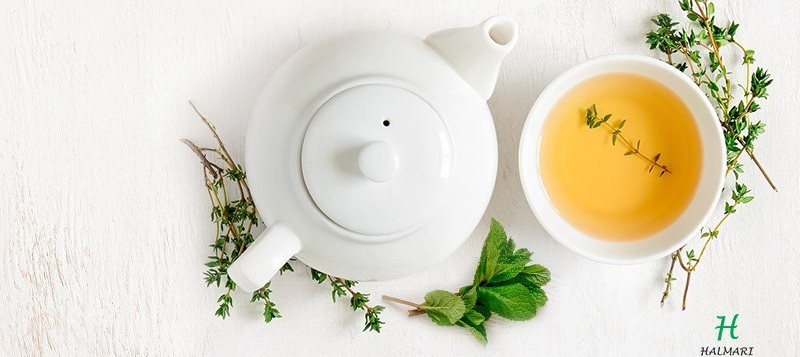
Step-by-Step Process to Make Green Tea Extract
Step 1: Prepare the Ingredients
Start by measuring out the green tea leaves. If you are using loose-leaf tea, a general guideline is to use about 1 tablespoon of leaves for every cup of solvent. If you are using matcha powder, a teaspoon will suffice.
Step 2: Choose Your Solvent
Decide whether you want to use water or alcohol. For a water-based extract, heat one cup of water until it is just below boiling. If you opt for an alcohol-based extract, measure out one cup of vodka or another high-proof alcohol.
Step 3: Combine and Steep
In a glass jar, combine the green tea leaves or matcha powder with the chosen solvent. If using water, pour the hot water over the tea leaves and let it steep for about 10-15 minutes. For alcohol, seal the jar tightly and let it sit in a cool, dark place for 2-4 weeks, shaking it gently every few days to help with the extraction process.
Step 4: Strain the Extract
After the steeping period, strain the mixture through a fine mesh strainer or cheesecloth to remove the tea leaves. If you used water, you should have a light green liquid. For alcohol-based extracts, the liquid will be darker and more concentrated.
Step 5: Store the Extract
Transfer the strained extract into a clean glass bottle or jar. Store it in a cool, dark place or in the refrigerator to prolong its shelf life. Properly stored, your green tea extract can last for several months.
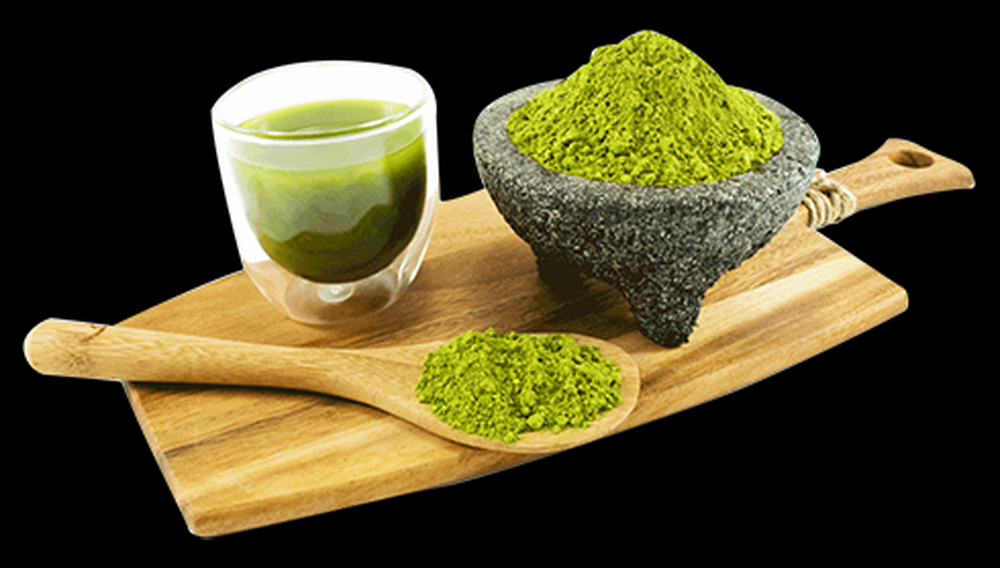
Benefits of Green Tea Extract for Skin
Green tea extract offers a multitude of benefits for skin health, making it a valuable addition to any skincare routine. Here are some of the key advantages:
1. Antioxidant Properties
The high concentration of antioxidants in green tea extract helps to neutralize free radicals, which can cause oxidative stress and lead to premature aging. By incorporating green tea extract into your skincare routine, you can help protect your skin from environmental damage and maintain a youthful appearance.
2. Anti-Inflammatory Effects
Green tea extract has potent anti-inflammatory properties that can soothe irritated skin. It is particularly beneficial for individuals with conditions such as acne, rosacea, or eczema. The extract can help reduce redness and swelling, promoting a more even skin tone.
3. Acne Treatment
Research has shown that green tea extract can inhibit the growth of acne-causing bacteria. Its antibacterial properties make it an effective treatment for acne-prone skin. Regular use of green tea extract can help reduce breakouts and prevent future acne flare-ups.
4. Anti-Aging Benefits
The polyphenols in green tea extract can stimulate collagen production, which is essential for maintaining skin elasticity and firmness. By promoting collagen synthesis, green tea extract can help reduce the appearance of fine lines and wrinkles, contributing to a more youthful complexion.
5. Sun Protection
While green tea extract should not replace sunscreen, it can provide additional protection against UV damage. The antioxidants in green tea can help mitigate the harmful effects of UV radiation, reducing the risk of sunburn and skin cancer.
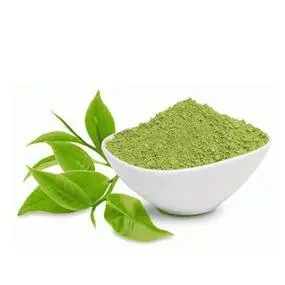
How to Use Green Tea Extract in Your Skincare Routine
Incorporating green tea extract into your skincare routine is simple and can be done in various ways. Here are some effective methods:
1. As a Toner
You can use green tea extract as a toner to refresh and hydrate your skin. Simply apply the extract to a cotton pad and gently swipe it across your face after cleansing. This will help remove any remaining impurities and prepare your skin for further treatment.
2. In Face Masks
Green tea extract can be added to homemade face masks for an extra boost of antioxidants. Combine the extract with ingredients like honey, yogurt, or clay to create a nourishing mask. Apply it to your face, leave it on for 15-20 minutes, and rinse off for a revitalized complexion.
3. In Moisturizers
Mix a few drops of green tea extract into your favorite moisturizer or lotion. This will enhance the product's effectiveness and provide additional hydration and protection for your skin.
4. As a Spot Treatment
For targeted treatment of acne or blemishes, apply green tea extract directly to the affected area using a cotton swab. Its antibacterial properties can help reduce inflammation and promote healing.
5. In Bath Products
You can also add green tea extract to your bath products for a soothing experience. Mix it into bath oils or salts to enjoy the benefits of green tea while relaxing in the tub.
Conclusion
Making green tea extract at home is a straightforward process that allows you to harness the numerous benefits of this powerful ingredient for your skin. With its antioxidant, anti-inflammatory, and antibacterial properties, green tea extract can significantly enhance your skincare routine. By incorporating it into various products, such as toners, masks, and moisturizers, you can enjoy healthier, more radiant skin. As you explore the world of green tea extract, remember to choose high-quality ingredients and experiment with different applications to find what works best for your skin type.
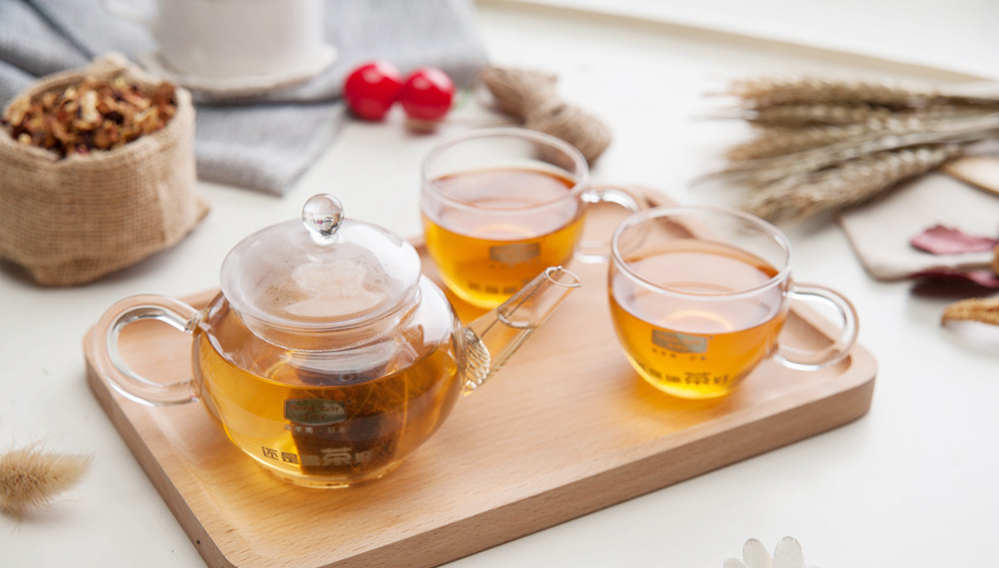
Frequently Asked Questions
Q: What is green tea extract?
A: Green tea extract is a concentrated form of green tea that contains high levels of antioxidants and beneficial compounds, primarily derived from the leaves of the Camellia sinensis plant.
Q: How do I store homemade green tea extract?
A: Store your homemade green tea extract in a clean, airtight glass container in a cool, dark place or in the refrigerator to extend its shelf life.
Q: Can I use green tea extract on sensitive skin?
A: Yes, green tea extract is generally safe for sensitive skin due to its soothing properties. However, it is advisable to perform a patch test before applying it to larger areas.
Q: How often should I use green tea extract in my skincare routine?
A: You can use green tea extract daily as part of your skincare routine, either as a toner, in masks, or mixed with moisturizers.
Q: Are there any side effects of using green tea extract on the skin?
A: Green tea extract is typically safe for topical use, but some individuals may experience irritation or allergic reactions. It is essential to discontinue use if any adverse reactions occur.
































